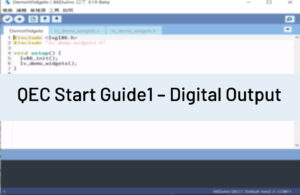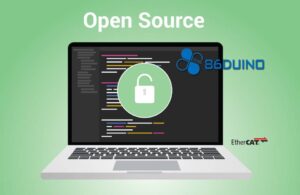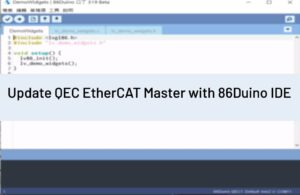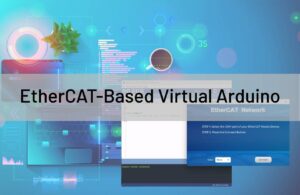[QEC Tutorial]
This example shows how to operate QEC-M (EtherCAT Master) and non-QEC EtherCAT Slave (Digital Input & Output Modules) to perform basic applications and to see the actual physical Status: Control the connected external LEDs via the EtherCAT Digital Output Slave Modules and receive the status of their LEDs via the EtherCAT Digital Input Slave Modules.
Process Data Objects (PDOs) are process data transferred by EtherCAT slaves during each cycle, which are cyclically updated or sent to the slave by the application.
This API is a generic driver for EtherCAT Slave and can read or write PDO Inputs/Outputs.
As this document is a continuation of the ” EtherCAT Library Example: QEC Digital Input/Output“, If you have any questions about the hardware in the tutorial, please read the EtherCAT Library example: Digital Input/Output for QEC.
ソフトウエア
ハードウェア
- QEC-M-01
- QEC-R11DF0: EtherCAT 16 Channel Digital Input Slave Module
- QEC-R11D0F: EtherCAT 16 Channel Digital Output Slave Module
- Others:
- LAN Cable
- 24V 2A Power Source
If this is your first time running the 86Duino IDE, we recommend that you read 86duino向け QEC-M-043T のセットアップ before proceeding with this example.
チュートリアル
- Example1 – Digital Output on non-QEC
- Example2 – Digital Input on non-QEC
- Example3 – Digital Input/Output on non-QEC
Learn More
You can find more information about the basic QEC applications in the EtherCAT application.
You can also explore コード構文 または コードライブラリ for a more detailed collection of 86Duino IDE programming.



